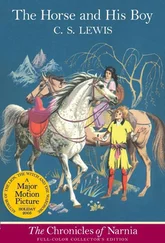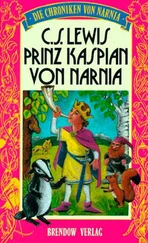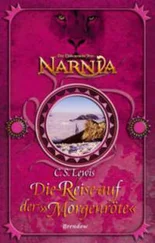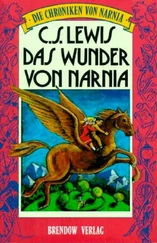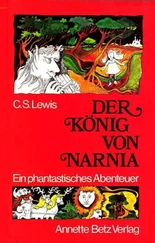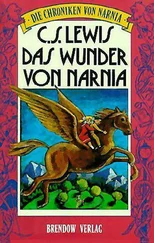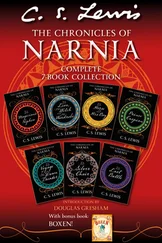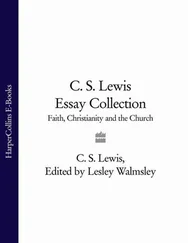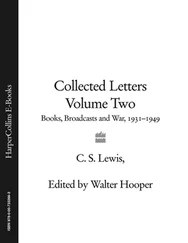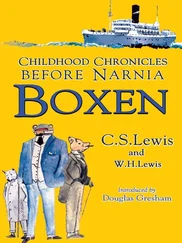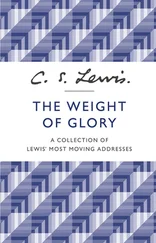93E. R. Eddison, The Worm Ouroboros (1922). See Eric R”ucker Eddisonin the Biographical Appendix to CL II, pp. 1025-8. Hamilton had been a close friend of Eddison, and he was trying to arrange for The Worm Ouroboros to be reprinted, with an introduction by Lewis. He was not successful.
94James Stephens (1882-1950) wrote an introduction to Eddison’s A Fish Dinner in Memison (1941). See CL II, p. 558, n. 53.
95‘The other Eddison’ was Colin Eddison, brother of E. R. Eddison.
96See the letter to Andrew Young of 18 May 1951.
97See the Rev. Andrew John Youngin the Biographical Appendix.
98Andrew Young, Collected Poems (1936), ‘The Slow Race’, IV, 2.
99George MacDonald, Unspoken Sermons , 1st series (1867), ‘Love thy Neighbour’, p. 202: ‘No one loves because he sees why, but because he loves.’
100This was probably Edward John Gough, author of Simple Thoughts on the Holy Eucharist (1893).
101An article entitled ‘The Id and the Fall’ which was not, finally, published in The Month .
102St Thomas Aquinas, Summa Theologica , Part I, Question 98: ‘In the state of innocence there would have been generation of offspring for the multiplication of the human race; otherwise man’s sin would have been very necessary, for such a great blessing to be its result.’
103‘increase and multiply’.
104Genesis 1:21-2: ‘And God created great whales, and every living creature…And God blessed them, saying, Be fruitful, and multiply, and fill the waters in the seas, and let fowl multiply in the earth.’
105Starr had been teaching at Rollins College Winter Park, Florida, since 1941. In March 1951, its 33-year-old president, Paul Wagner, announced that almost a third of its laculty members (one of whom was Starr) were to be dismissed for ‘financial reasons’. Members of the board suspected that the progressive educator had fired these members because they refused to conform to his campaign for visual education, as opposed to the old reading and lecture method: Wagner boasted that after a number of years people wouldn’t know how to read. The firing was reported in ‘Squeeze at Rollins’, Life , 30, no. 13 (26 March 1951), p. 115. After months of wrangling, the faculty members were reinstated and Wagner was removed from office. He was replaced by Hugh F. McKean (1908-95), a member of the art faculty. Professor Starr chose to resign at the end of the academic year 1951-2, and he spent the next academic year at Kansai University, Osaka, Japan as a Fulbright Scholar. See the letter to Starr of 3 February 1953.
106George MacDonald, The Diary of an Old Soul (1885).
107Virgil, Georgia , IV, 169; Aeneid , I, 436: ‘the work grows leverish’.
108John Bunyan, The Pilgrim’s Progress from this World to That which is to Come , ed. lames Blanton Wharey, 2nd edn rev. Roger Sharrock (Oxford: Clarendon Press, 1960), First Part, p. 106: ‘Then Christian and Hopeful outwent them again, and went till they came at a delicate Plain, called Ease, where they went with much content.’
109Springfield St Mary’s was a youth hostel at 122 Banbury Road, Oxford, run by the Community of St Mary the Virgin.
110Lewis was reading Skinner’s The Return of Arthur: Merlin (London: Frederick Muller, 1951), the first part of a four-part work. The second part was entitled The Return of Arthur: Parti (London: Chapman and Hall, 1955); the third was entitled The Return of Arthur: Part II (London: Chapman and Hall, 1959). The complete edition, containing the three earlier volumes as well as The Return of Arthur, Part III , was published under the title The Return of Arthur: A Poem of the Future (London: Chapman and Hall, 1966). Because of the rarity of the individual parts, all references are to the 1966 edition.
111‘to think alike about political affairs’. From Henry St John Bolingbroke (1678-1751), Dissertation Upon Parties , Letter 1.
112Skinner, The Return of Arthur: Merlin , II, ii, 5.
113ibid., xxxvii.
114Stanza.
115ibid., Ill, ix. ‘Lasciate etc’ refers to Dante, Inferno , III, 9.
116Sir Desmond MacCarthy (1877-1952), literary journalist, was known for his theatre criticism and for his reviews and other writing in the Sunday Times .
117In C. S. Lewis: Apostle to the Skeptics , ch. 20, p. 161, Walsh stated: ‘I mention what Lewis has not done, not as a reproach to him, but to suggest to his overardent admirers that an exclusive diet of his works is not wholesome.’
118Genia Goelz—Mrs E. L. Goelz—was the daughter of Mrs Mary Van Deusen. She is referred to as ‘Mrs Sonia Graham’ in L . She was writing from 2756 Reese Avenue, Evanston, Illinois. Although abbreviated copies of the letters to Mrs Goelz appeared in L, complete copies were made by Walter Hooper in 1965.
119Mary Elizabeth ‘Lily Ewart was Greeves’s sister. See her biography in CL I, p. 98n.
120Dr Firor had a ranch in Wyoming, and he was constantly urging Lewis to join him there.
121In The Great Divorce: A Dream (London: Bles, 1945 [1946]; Fount, 1997), ch. 11, one of the Ghosts has on his shoulder a Red Lizard who represents Lust.
122Robert C. Walton, head of the BBC’s School Broadcasting Department, wrote to Lewis on 9 July 1951 announcing plans for six half-hour programmes on ‘the nature of evidence’: ‘We shall begin by stating as clearly as possible the Christian belief that God is to be understood in personal terms, and then two speakers will discuss with the “interrogator” how they have come to accept the Christian conception of God’s nature. Our main purpose is not to argue whether or not the Christian belief is true, but to explain the nature of the evidence which leads Christians to this conclusion. We should be very glad if you would take part in this programme.’
123The old white cobra in ‘The King’s Ankus’ in Kipling’s Second Jungle Book (1895).
124Sir David Lyndsay, The Monarchie (Ane Dialog Betwix Experience and ane Courteour) (1554), 1293-4.
125This letter was first published in the Church Times , CXXXIV (10 August 1951), p. 541, under the title ‘The Holy Name’.
126Leslie E. T. Bradbury, ‘The Holy Name’, Church Times , CXXXIV (3 August 1951), p. 525.
127See the biography of Idrisyn Oliver Evansin CL II, p. 584n.
128I. O. Evans, The Coming of a King: A Story of the Stone Age (1950).
129Mrs Vulliamy was writing from Park College, Parksville, Missouri.
130Lewis’s doctor, Robert Emlyn ‘Humphrey Havard.
131Acts 9:4-5: ‘And he fell to the earth, and heard a voice saying unto him, Saul, Saul, why persecutest thou me? And he said, Who are thou, Lord? And the Lord said, I am Jesus whom thou persecutes’
132Colossians 1:23-4: ‘I Paul…now rejoice in my sufferings for you, and fill up that which is behind of the afflictions of Christ in my flesh for his body’s sake, which is the church.’
133Romans 12:5: ‘So we, being many, are one body in Christ, and every one members one of another.’
134Lewis was referring to a problem that sometimes arises when, in a family of non-Christians, one of them becomes a Christian. It is one of the themes in Lewis’s novel, Till We Have Faces . See the letter to Clyde Kilby of 10 February 1957.
135Lewis meant ‘The Coming of Galahad’ in Charles Williams’s Taliessin Through Logres (1938).
136Luke 12:49-53: Suppose ye that I am come to give peace on earth? I tell you, Nay; but rather division: For from henceforth there shall be five in one house divided, three against two, and two against three. The father shall be divided against the son, and the son against the father; the mother against the daughter, and the daughter against the mother; the mother in law against her daughter in law, and the daughter in law against her mother in law.’
Читать дальше

